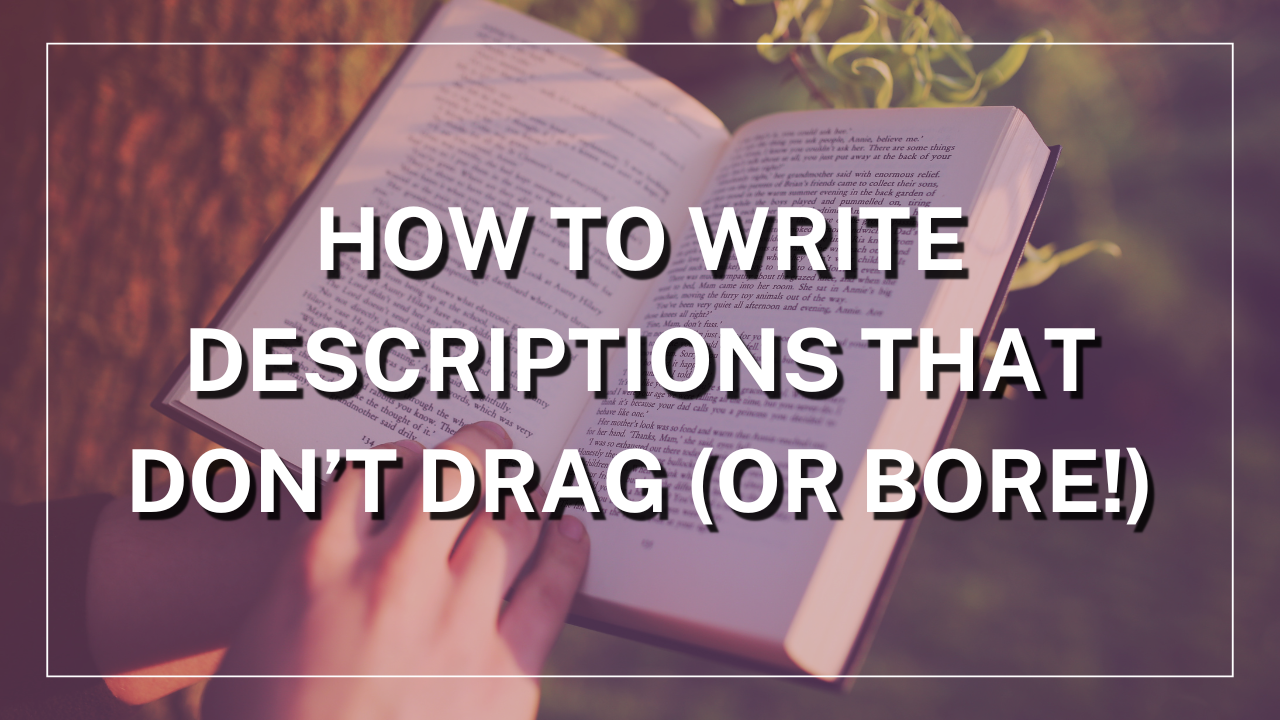Great descriptions are the heartbeat of immersive fiction. But here’s the truth: too little, and your reader floats; too much, and they drown. So how do you strike the balance between vivid and verbose?
Let’s break down how to write descriptions that feel alive, serve your story, and hold your reader’s attention.
1. Describe What the Character Would Notice
You don’t need to describe everything in a scene, just what matters. Filter your description through the lens of your character. What would they focus on? What would they ignore? A soldier might notice escape routes. A chef might notice spices in the air. A child might focus on colors or movement. Describing through perspective makes your writing feel personal, not like a camera panning a room.
2. Use Specific, Surprising Details
Instead of generic adjectives (“beautiful sunset,” “scary forest”), look for details that bring the scene to life: The forest smelled like damp leaves and old secrets. The sunset bled across the sky like spilled sherbet. You don’t need long paragraphs, just one or two fresh sensory images can do the job.
3. Engage All Five Senses
Readers often default to visual description, but smell, sound, taste, and touch can create a more immersive experience. Especially in emotionally charged scenes, non-visual senses can evoke strong reactions. The cold metal of the key bit into her palm. The room hummed with the scent of burnt toast and forgotten mornings. Use these senses strategically, not all at once, to deepen your scene.
4. Anchor Description in Action
Instead of pausing the story for a description dump, weave it into what the character is doing. Let the scene move as you describe. She pushed open the rusty gate, its hinges groaning like an old man woken too early. He lit a match, its flare briefly revealing the cracked wallpaper and long-abandoned teacup. Motion keeps the reader engaged while still building atmosphere.
5. Cut the Clichés
Avoid phrases like “eyes like pools”, “heart pounding like a drum”, or “lips curled into a smile”. If you’ve read it a dozen times, so has your reader. Ask yourself: How else can I describe this? What image or metaphor feels truer to the moment or character?
Great description isn’t about how much you write, it’s about what you write and why. Use description to reveal emotion, hint at conflict, build atmosphere, or show who your character really is. If you do that? Even a crumbling wall or dusty shoe can tell a powerful story.

